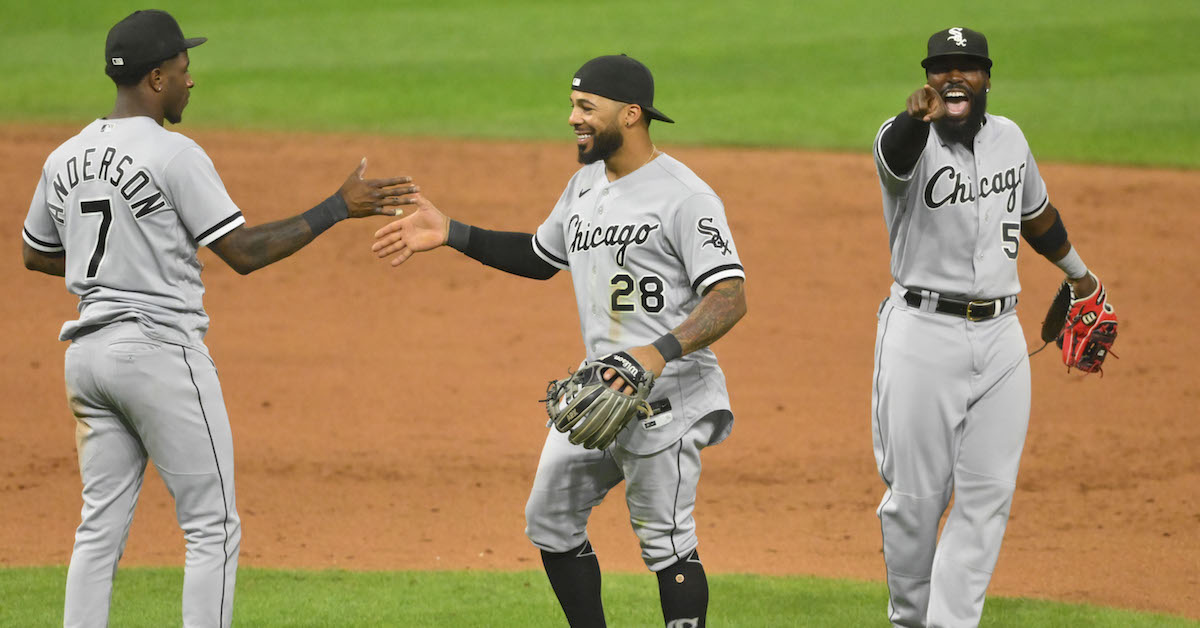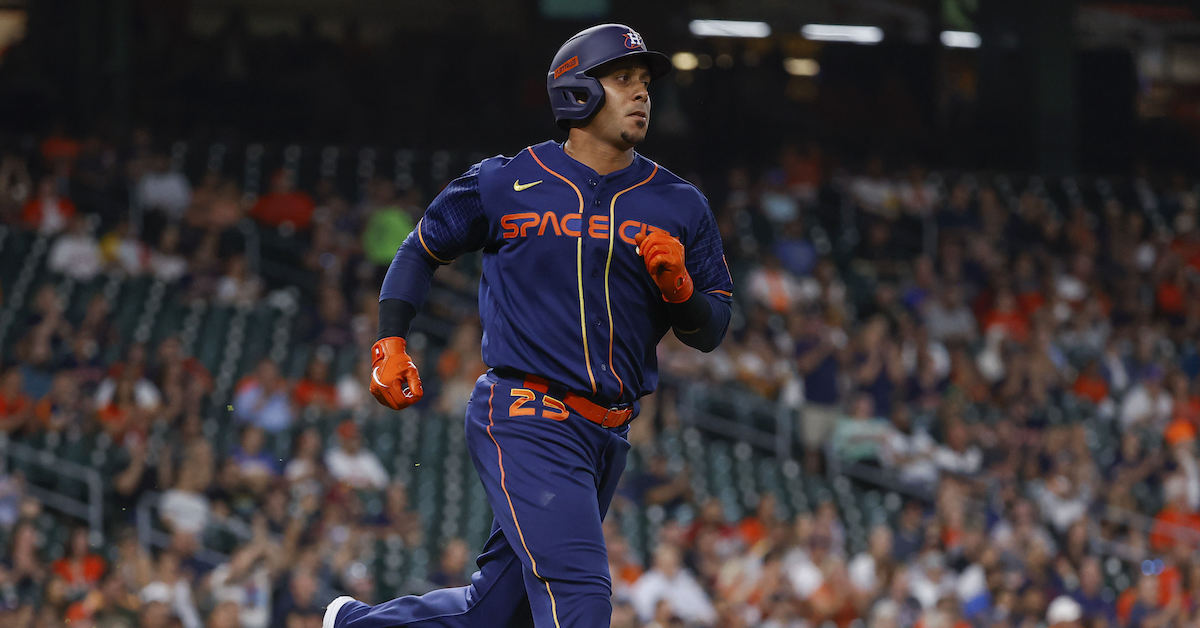The Sky Is Not Falling on the South Side

Bashing the White Sox is commonplace these days, and you can’t say the negativity hasn’t been earned. Widely expected by fans, reporters, pundits, and computer projection systems (as well as their sarcastic creators) to steamroll one of the worst divisions in baseball, the Pale Hose have struggled to consistently stay at .500, let alone stay ahead of the Twins and Guardians. Yet there are still reasons to think that the Sox, if not the team they were believed to be, can still salvage the 2022 season without divine intervention.
They’re Still Relevant in All the Projection Systems
Yes, when you look at the White Sox, you see some major, gaping holes, many of which are problems of the team’s own making, whether because of poor evaluation or inaction. Coming into the season, they were near the bottom of the league in our positional power rankings at second base and right field despite an offseason that saw a plethora of good options at those positions. They also didn’t assemble much in the way of depth in places where they had injured players or underwhelming options. Similar to my approach to mowing my backyard, they did the bare minimum.
But all of this is already baked into the cake, so to speak. The projection systems still assume that Leury García is awful and that Chicago needs another bat; the forecasts for players like Yoán Moncada, Yasmani Grandal, Eloy Jiménez, and Lance Lynn have already taken major hits. As for the team’s lack of depth, the ZiPS projected standings use a methodology that attempts to properly discount teams with underwhelming Plan Bs. Read the rest of this entry »







